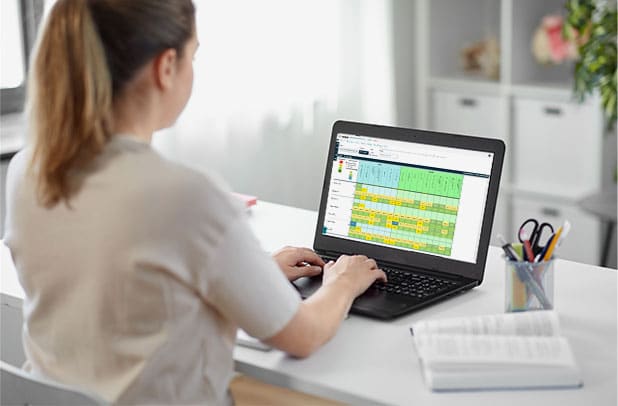
I don’t remember being taught how to punctuate, beyond using capital letters and full stops, and I can’t recall being taught any grammar when at school, (however, I do remember the trauma of the weekly spelling list – I was in group 2, so obviously not the best at spelling). I certainly left university unaware of what a conjunction or a determiner was. I don’t believe that I was the only teacher who, when the SPAG test arrived in 2013, realised that they had a large gap in their knowledge base and became a self-taught grammarian. In fact, I became so interested in the teaching of SPAG that I became a member of STA’s teacher review panel for the SPAG Test.
Many believe that teaching grammar is about the naming of the parts and certainly the early SPAG test questions focused on this knowledge, however teaching SPAG is about much more. The ability to spell and punctuate the written word and understand how our language works are a fundamentals in the toolkit required to be able to express our thoughts, ideas and emotions with clarity, and as language is central to who we are as humans, this alone should be a good enough reason to teach SPAG. If children understand how their birth language works we are also providing them with a great base to learn additional languages and so broaden their horizons. Something which is often missed is that children actually enjoy learning SPAG when it is made relevant and fun; it builds confidence in their ability to communicate effectively which develops self-esteem and is good for their well-being.
Teaching SPAG is a linear process and schools usually work systematically through the objectives, carefully following the Programmes of Study for each year group. The National Curriculum (NC) has very high expectations in punctuation and grammar for pupils at the end of KS2, an expectation which places their understanding beyond the current knowledge of many adults. This often means we are trying to teach grammatical concepts before children are ready with the end goal the SPAG test in Year 6. We move through the curriculum aware that objectives may not have been securely met as children’s reading and oral language skills are not developed to the level required to fully embed the concepts. Teachers are happy to do this as they are confident that concepts will be revisited as the teaching of SPAG is based on a spiral curriculum. The outcome of this is that a lot of time is spent revisiting concepts as children forget what they haven’t understood and are unable to use outside of the SPAG lesson.
However, the NC allows for flexibility about when objectives can be taught within each Key Stage. It is this flexibility which we should seize upon and use to plan the teaching of SPAG with care, thinking about what we will teach and when, based on the linguistic ability of the children we are teaching. Having taught in a diverse range of schools, I am very aware that working through the SPAG Programmes of Study would look very different in each of these environments. Schools need to ensure that what is taught is understood to a secure depth and children can use their knowledge and skills across all subjects so that it can be built on. So ‘teaching less and teaching it well’, provides a sound mantra for teaching SPAG. This will ensure our children are building their skills on a secure basis and develop a firm foundation before moving onto the trickier concepts in UKS2.
Having worked with teachers in the UK and in international schools, as important as deciding what to teach is knowing how to teach SPAG. Central to the effective teaching of SPAG is not only teacher’s sound subject knowledge but also their ability to plan engaging and fun lessons so that children can use and apply what they learn across the strands of literacy in all subjects.
Often the teaching of SPAG is not tracked; schools know what has been taught at each year group but not how well each child has mastered individual concepts. Educater’s SPAG curriculum templates can be easily edited to reflect the way you are teaching SPAG in your school. With ease, curriculum objectives can be broken down into smaller, manageable teaching steps against which progress can be tracked using the tracking language your school prefers (for example, Emerging, Developing and Secure). Invaluable Gaps in Learning analysis reports for individual pupils, groups, a class or cohort mean that tracking can really help plan intervention and ensure that the building blocks of punctuation and grammar are secure before children move on.
Author: Sarah White










